
Series of Efforts to Increase the Competitiveness of Small and Medium Industries
Semarang, February 6, 2025 – Small and Medium Industries (SMEs) need to be encouraged to move up a class to reap greater economic benefits. For this reaso... Read more.
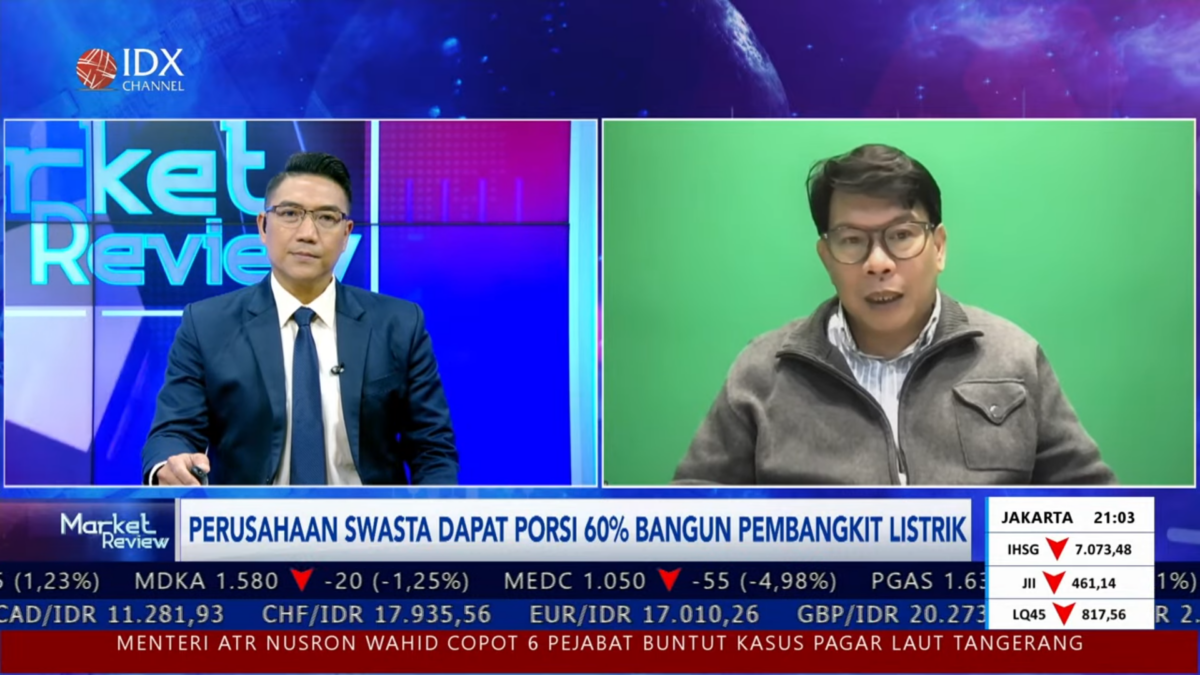
Ensuring Private Sector Involvement in Indonesia’s Energy Transition Mission
Jakarta, January 30, 2025 – The Indonesian government through the Ministry of Energy and Mineral Resources (MEMR) stated that PT PLN is currently preparin... Read more.
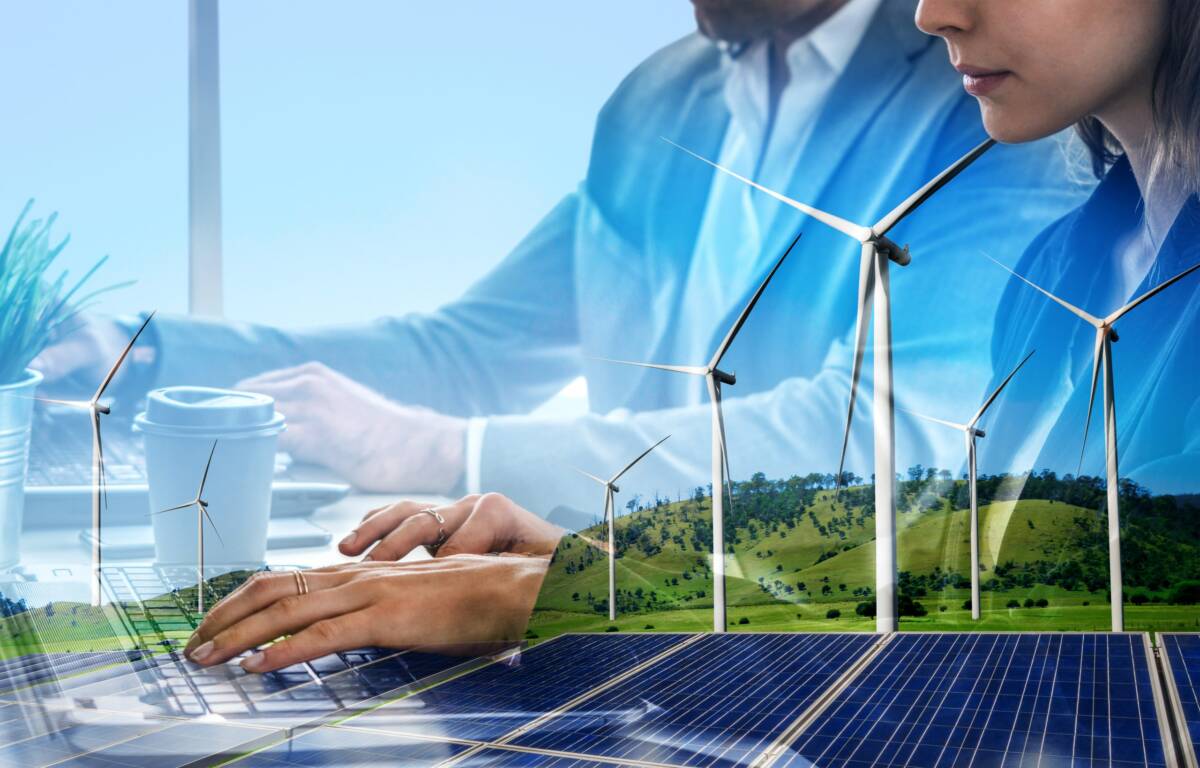
Indonesia’s Energy Sector Kaleidoscope 2024
As the year 2024 draws to a close, it is time to reflect on what has happened in Indonesia over the past year, especially in the energy sector which has…... Read more.
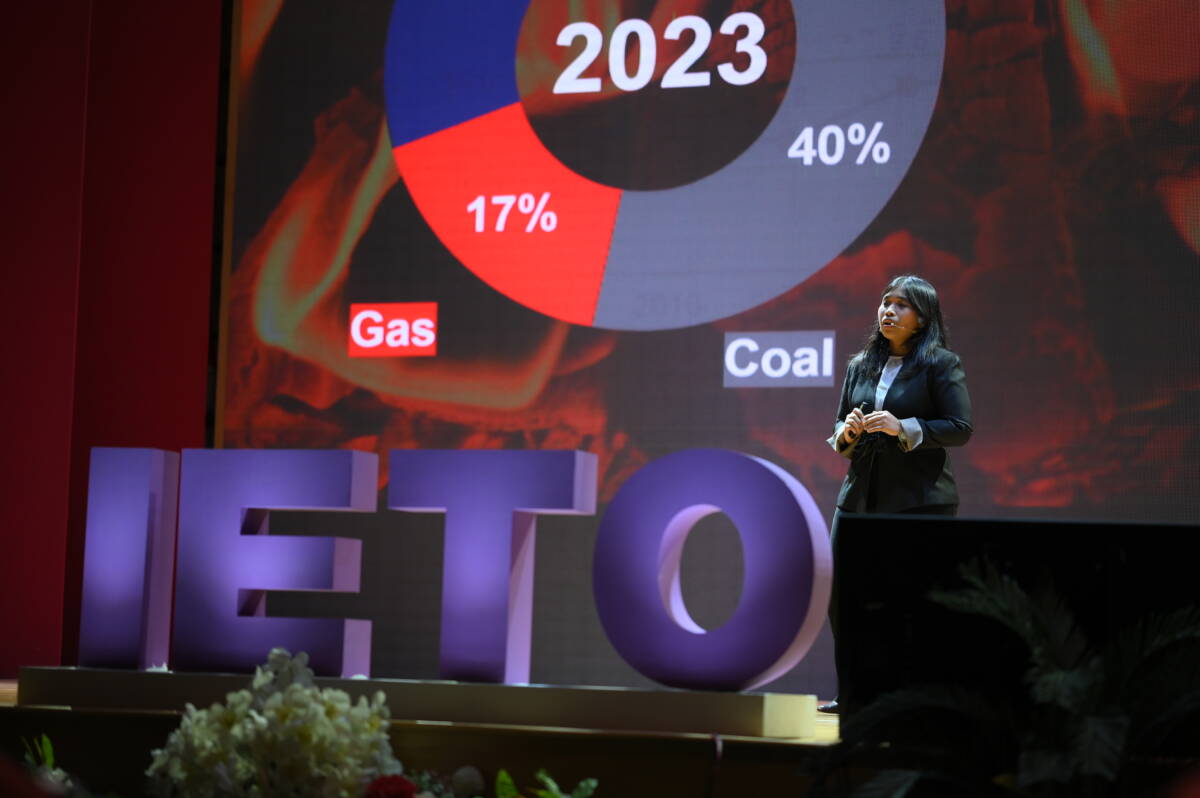
IETO 2025: Status and Progress of Indonesia’s Energy Transition
Jakarta, December 5, 2024 – The progress of Indonesia’s energy transition throughout 2024 has stalled. The government’s move to revise the Nat... Read more.

Civil Society Notes for COP29
Jakarta, December 3, 2024 – Global climate action needs to be consolidated and monitored from time to time to ensure that emission reduction targets and f... Read more.
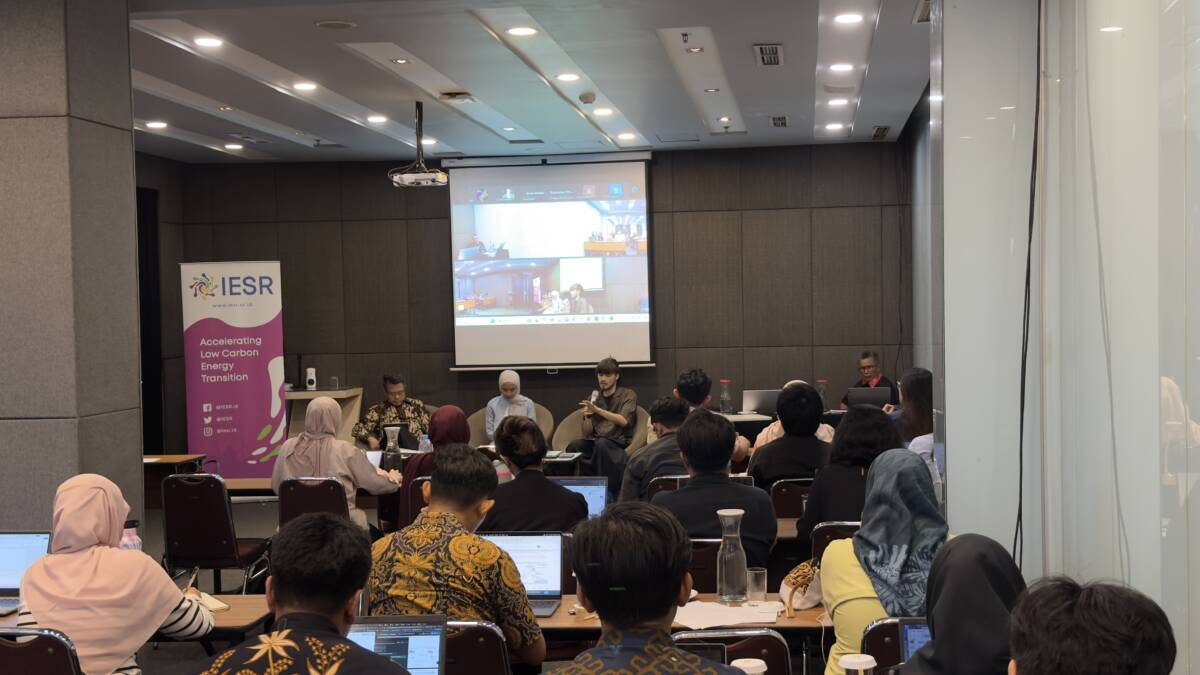
Indonesia’s Climate Responsibility
Jakarta, November 21, 2024 – Global emission reduction efforts require contributions from each country to reduce its emissions. In emerging economies, the... Read more.
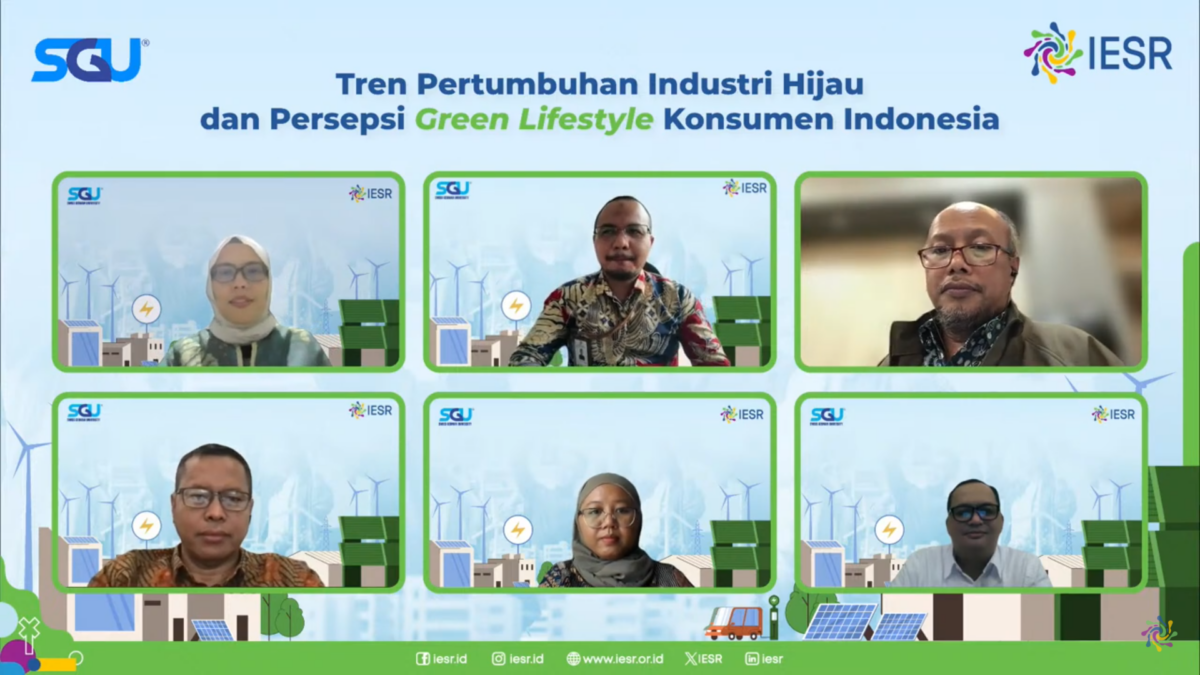
Consumers Push for Industrial Decarbonization Action
Jakarta, November 15, 2024 – There is an increasing public interest in switching to green products. This is driven by increasing consumer awareness of the... Read more.
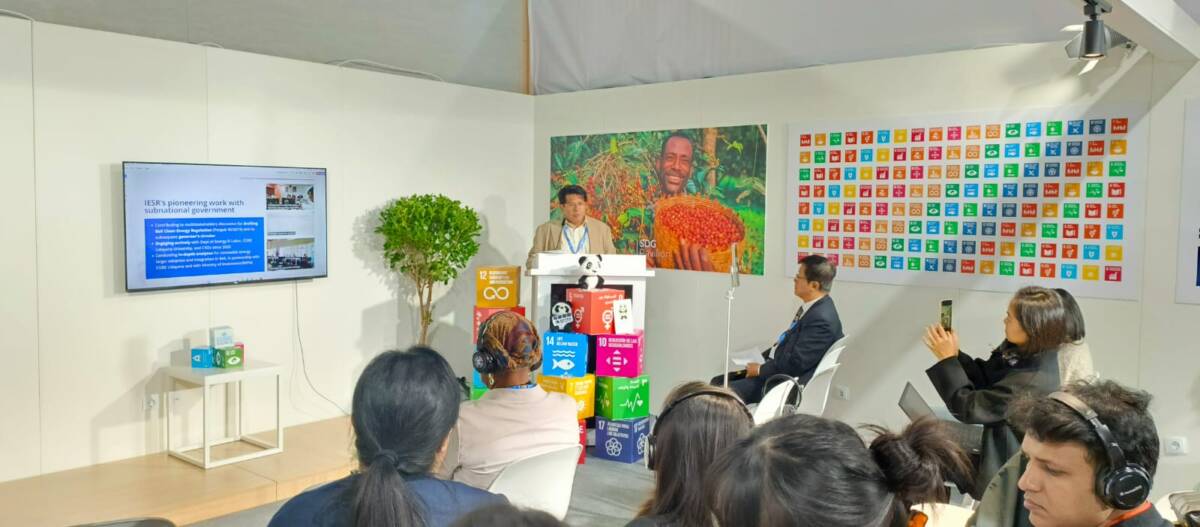
Empowering Renewable Energy in Bali Island
Baku, November 12, 2024 – Small islands are highly vulnerable to climate change risks. Therefore, energy transformation and climate change mitigation init... Read more.
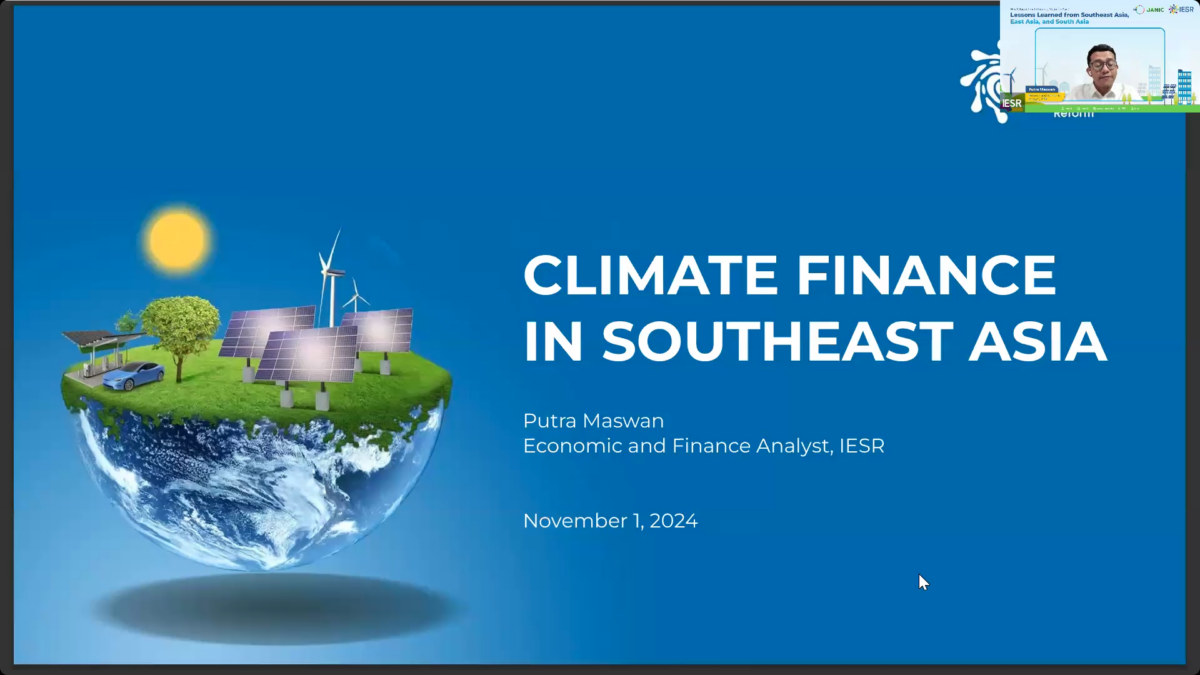
Climate Fund Mobilization
Jakarta, October 31, 2024 – The need to keep global temperature increases to no more than 1.5 degrees also brings significant financial needs. The results... Read more.

Energy Transition Momentum as a Driver for Economic Growth
Jakarta, October 31, 2024 – In the 2023 Conference of the Parties (COP) in Dubai, countries agreed to take more robust climate action, one of which is by ... Read more.
